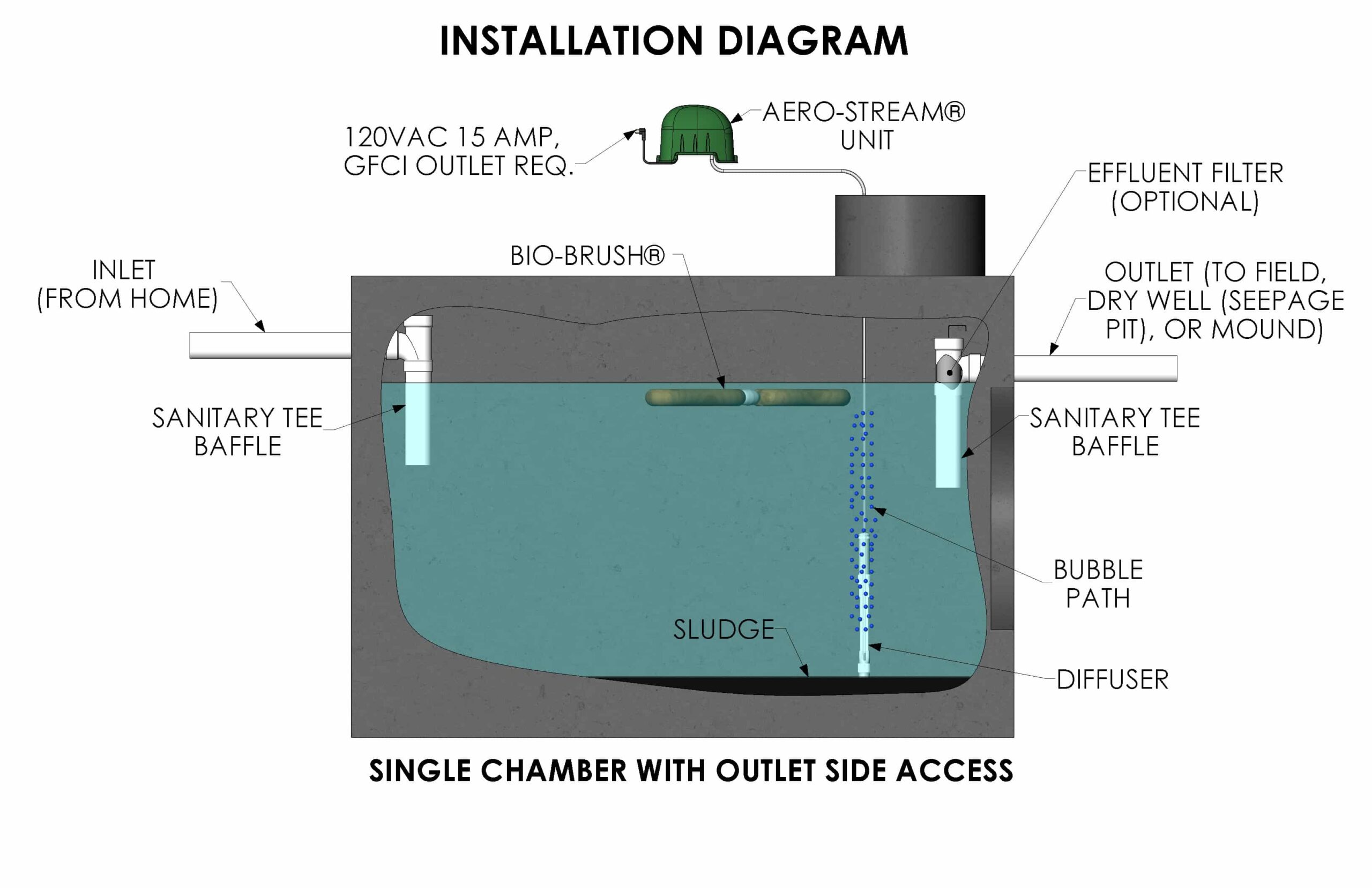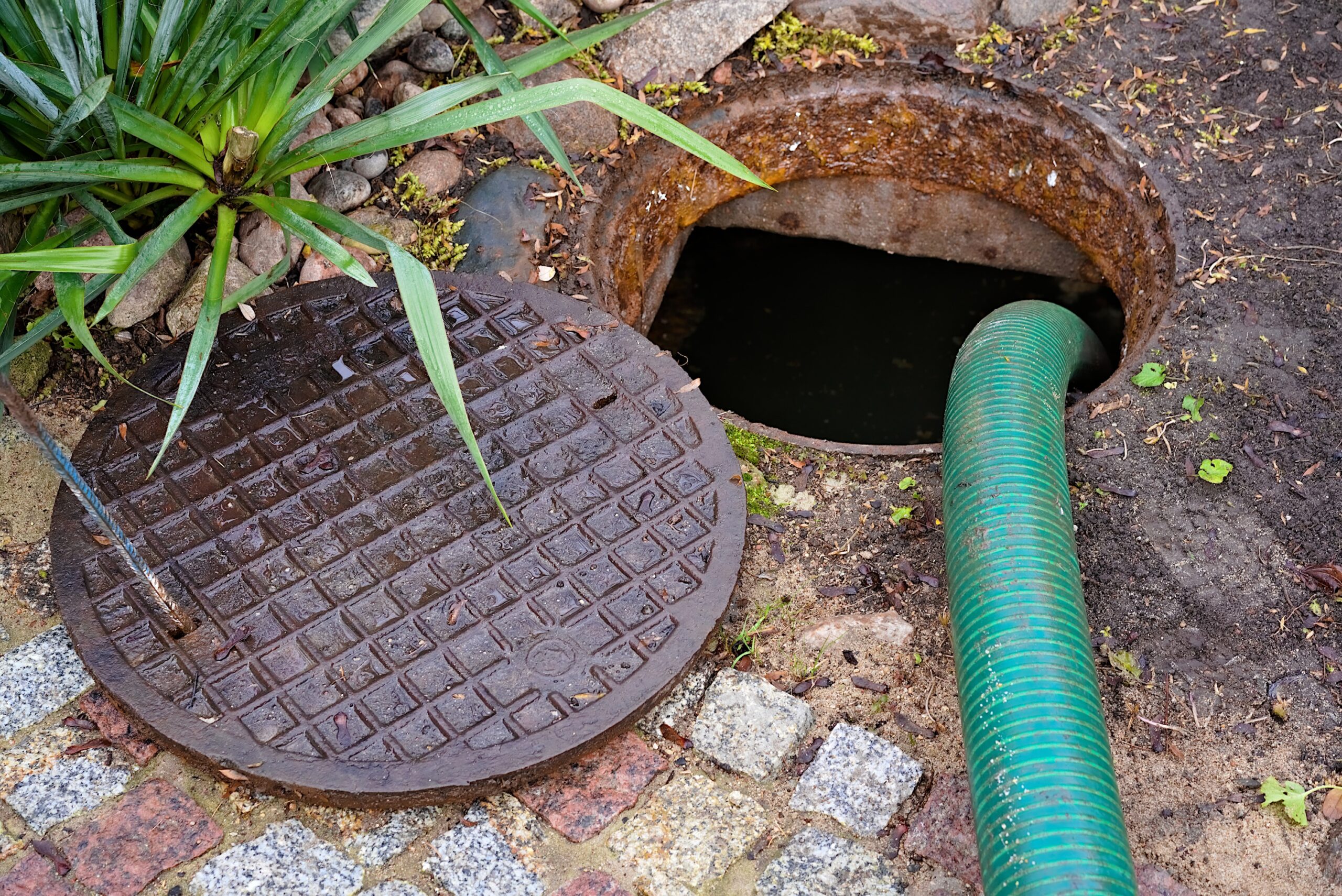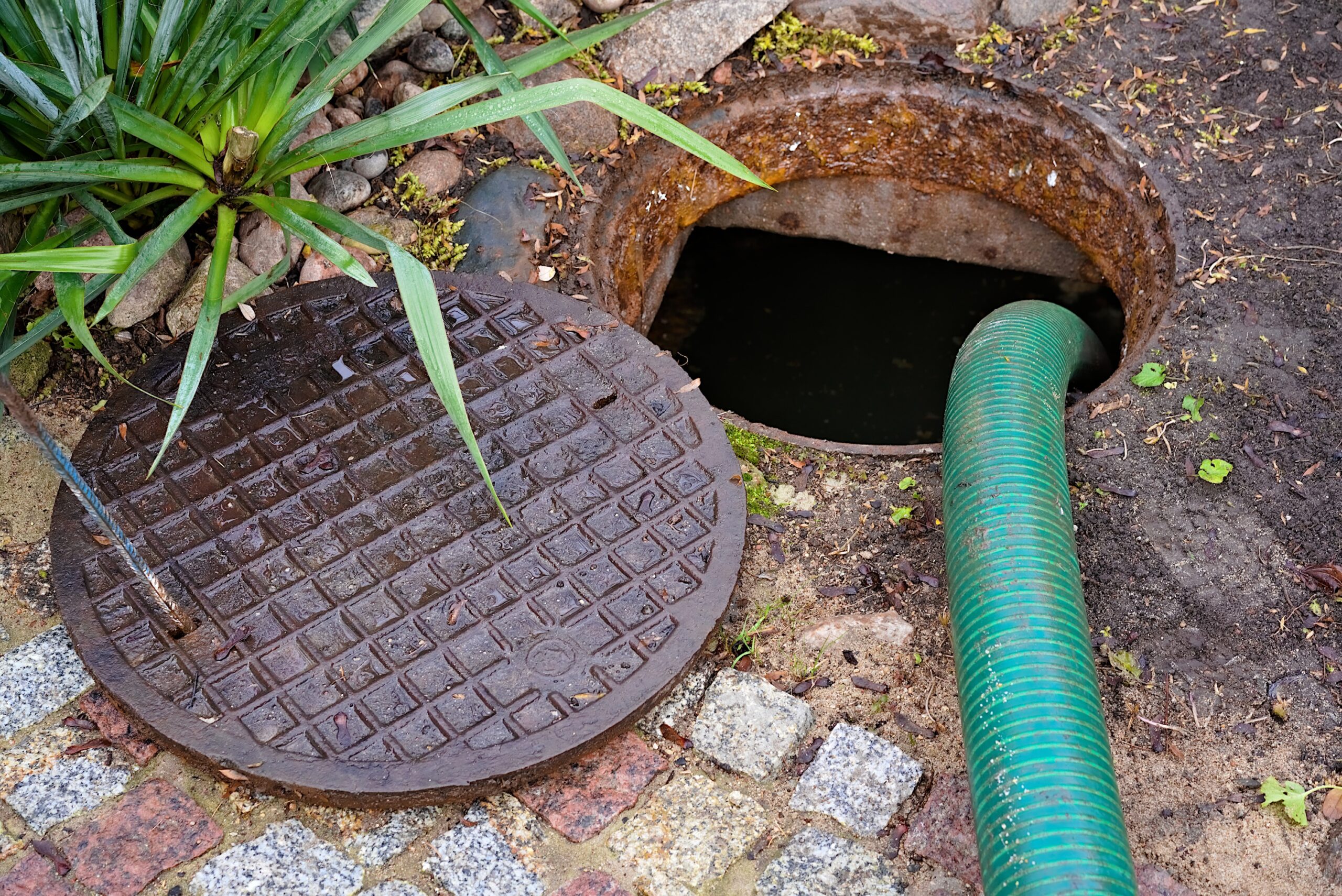Introduction
Septic systems are an essential part of a home’s plumbing system. They take waste from the home, process it, and then return it to the soil. The septic tank or tanks, which hold the processed material, may need repair or replacement at some point in time. The cost of replacing a septic system can be quite high while restoring one is much less expensive. If you are trying to decide between repairing your current system and replacing it entirely with a new one, there are several things you need to consider before making your decision.
Replacing vs Restoring
If you are considering replacing your septic system, it is important to first determine if your system needs to be restored or replaced. This can be an arduous task for homeowners who have little knowledge about septic systems or the process of restoring and replacing them. However, with some research and expert advice from the professionals at Aero-Stream, you will be able to determine if your septic tank system needs repair or replacement.
The first step in determining whether your septic tank needs repair is considering how old it is: older tanks may need repairs more often than newer ones. If you are unsure of the age of your tank, contact us for a free consultation and expert advice on what steps should be taken next.
What To Do if You Have An Old Septic System?
When you have an old septic system, it is important to know all the facts before planning. You may need to replace your septic system entirely or just repair parts of it, but either way it is good to at least understand what was wrong with your original system and why you had to make repairs. We can help you determine what needs to be done.
The main components of a typical septic tank system include:
- The leach field is the part of your septic system that does all the actual “cleaning.” It consists of a series of perforated pipes that collect waste from inside your home and slowly release it into the ground over time (leaching).
- A drain field is where those leach lines empty out underground into large trenches filled with gravel or sand—this allows for better filtration than just letting this waste sit on top of soil would allow.
Do Your Research
If you are in the process of deciding whether to have your septic system restored or replaced, it is important that you do your research. This will help ensure that your decision is an informed one and that you choose the best option available. The following considerations can help guide you through this process:
- Pros and cons of each option
- Budget
- Age of system
- Size of system (if applicable)
- Condition and location
Just because your septic system is old does not mean it cannot be restored. Most of the time the issue is with the drain field. Actually, the older the system the better chance that it can be restored. An old system indicates that it was well designed, installed properly, maintained well, and is sited in good soils. On the other hand, if your septic system is only a couple of years old and showing signs of failure there could be some other underlying problems.
Septic System Replacement Costs & Factors
Replacing your septic system is a bigger undertaking than repairing or restoring it. The costs of replacement can include:
- Excavation of the existing tank and disposal of soil, sludge, and other debris.
- Installation of a new septic tank, leach field, drain fields, and piping.
- Backfilling and grading the area around the new system to prevent erosion.
The cost of replacing these components can vary depending on factors such as where you live (the type of soil in your area), how much digging is involved in removing the old tanks and piping, whether you need to install a new drain field or not (drain fields are more expensive if they must be excavated). If you are interested in replacing your entire septic system rather than just repairing certain areas or components then this is definitely something worth considering carefully before making any decisions about what type(s) might work best for all circumstances involved with having both environmental impact concerns but also financial ones too since these costs will typically add up quickly depending on each individual situation which means some homeowners may have no choice but accept something less ideal than others might prefer if only due simply because they don’t have enough money saved up yet.”
If You Are Considering A New Septic System, Make Sure To Consider The Pros And Cons Of Restoring vs Replacing
There are many factors to consider when considering whether or not to replace your septic system. Before you make any decisions, it is important that you do your research and consider how much each option will cost.
For example, replacing a septic system can be significantly more expensive than restoring one because it involves removing the old tank and digging up the yard to install a new one. If you are going through with this process, it would also be wise to include the cost of transporting waste away from your property as part of your budgeting plan.
In addition, before installing a new septic system on your property, make sure there is enough room for such an installation and that there are no environmental regulations in place prohibiting such installations within certain regions or states (e.g., areas near lakes).
Conclusion
If you are considering septic system restoration vs septic tank replacement, the first thing to know is that restoration can be done on both new and old systems. The key question to ask yourself is whether or not you want your existing tank replaced or restored.
If you have an older system (more than 15 years) and the tank is leaking enough water into the ground to cause problems with drainage issues, then it may be time for replacement. However, if your tank is not leaking and your drain field is the issue then a restoration could be all that is needed.
Cost Of Septic System Restoration vs Septic Tank Replacement
The cost of restoring a septic system depends on how much work needs doing, but typically ranges from $1,200 – $6,000 in total which includes all labor costs involved. This number doesn’t include any fees charged by local jurisdictions such as permit fees (if needed), hookup fees, or inspection fees before/after completion of work.” The cost of replacing your system can range from $10,000 – $40,000 or higher depending on where you live.
As you can see, restoring your septic system with an Aero-Stream Remediator is significantly less expensive than replacing it!












